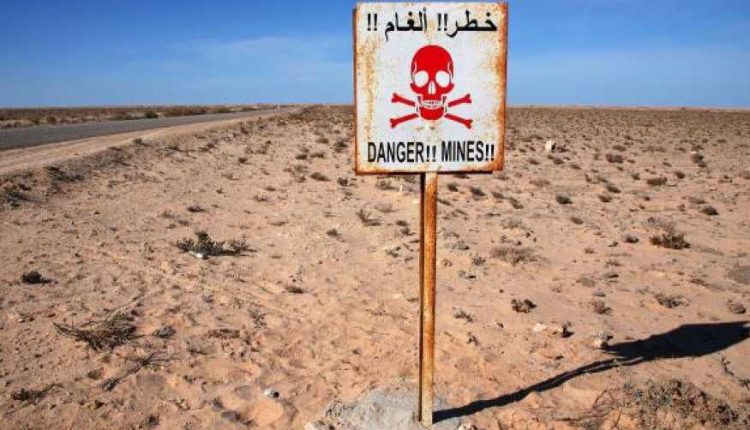Recently, the Landmine Monitor published its latest annual report where, for the third year in a row, Syria has sadly assumed the lead in victims of anti-personnel mines or explosive war remnants. With 834 documented casualties throughout the whole country, as a direct result of mined areas, the situation continues to constitute an ongoing humanitarian challenge.
The Observatory’s report highlights the global usage of mines in the year 2022 as well as the first half of the current year. This report constitutes the basis for the work of the 164 signatory countries to the Ottawa Convention on the Prohibition of Anti-personnel Mines (APMBC) and the Convention on Cluster Munitions (CCM).
The most conspicuous aspect of the report is the observatory’s warning about the increased risks from mines in Northwestern Syria. The devastating earthquake that occurred on February 06, led to the identification of 42 communities, containing explosive devices, which not only augments the perils of the mines exploding and causing casualties but also requires urgent recovery measures.
In this context, the Syrian Network for Human Rights published a report earlier they year, highlighting that, since 2011 to date, 3,353 civilians, including 889 children, have been killed by anti-personnel land mines in Syria. In fact, land mines pose a serious threat in all Syrian regions. Due to the large number of armed groups throughout the country, identifying those directly responsible is extremely difficult and remains a challenge, particularly, in areas once under the control of ISIS, identified as a key player in the process of planting land mines, according to the report.

